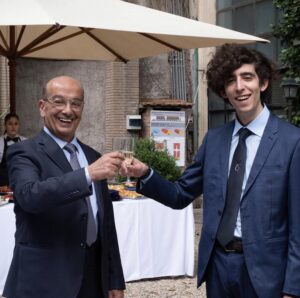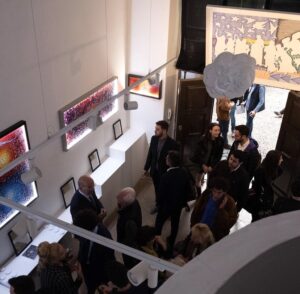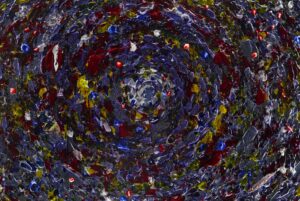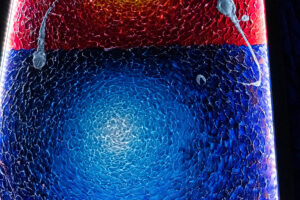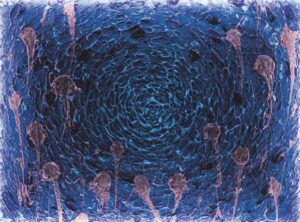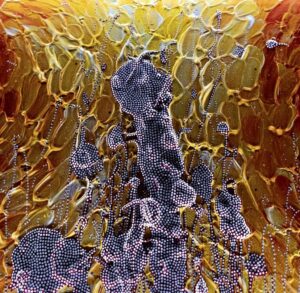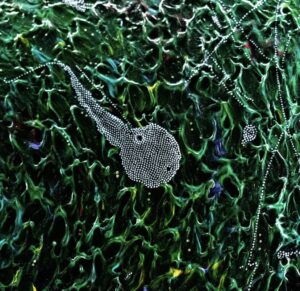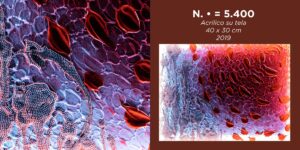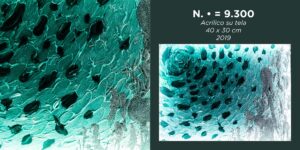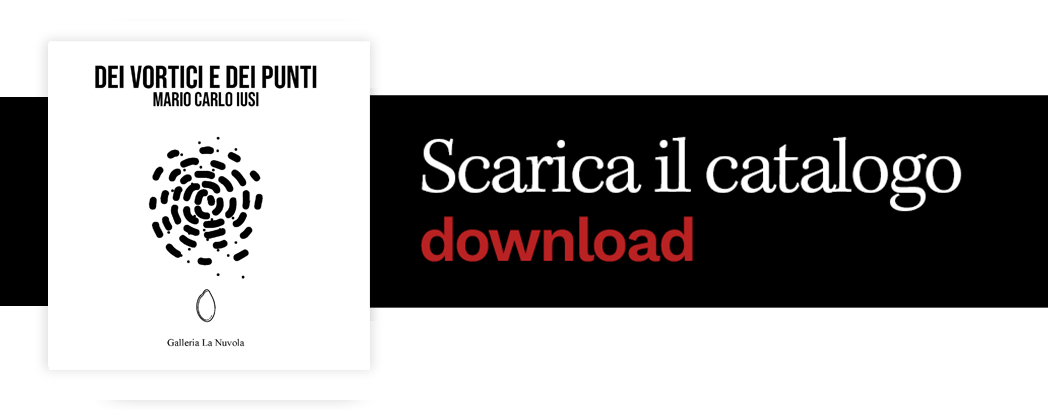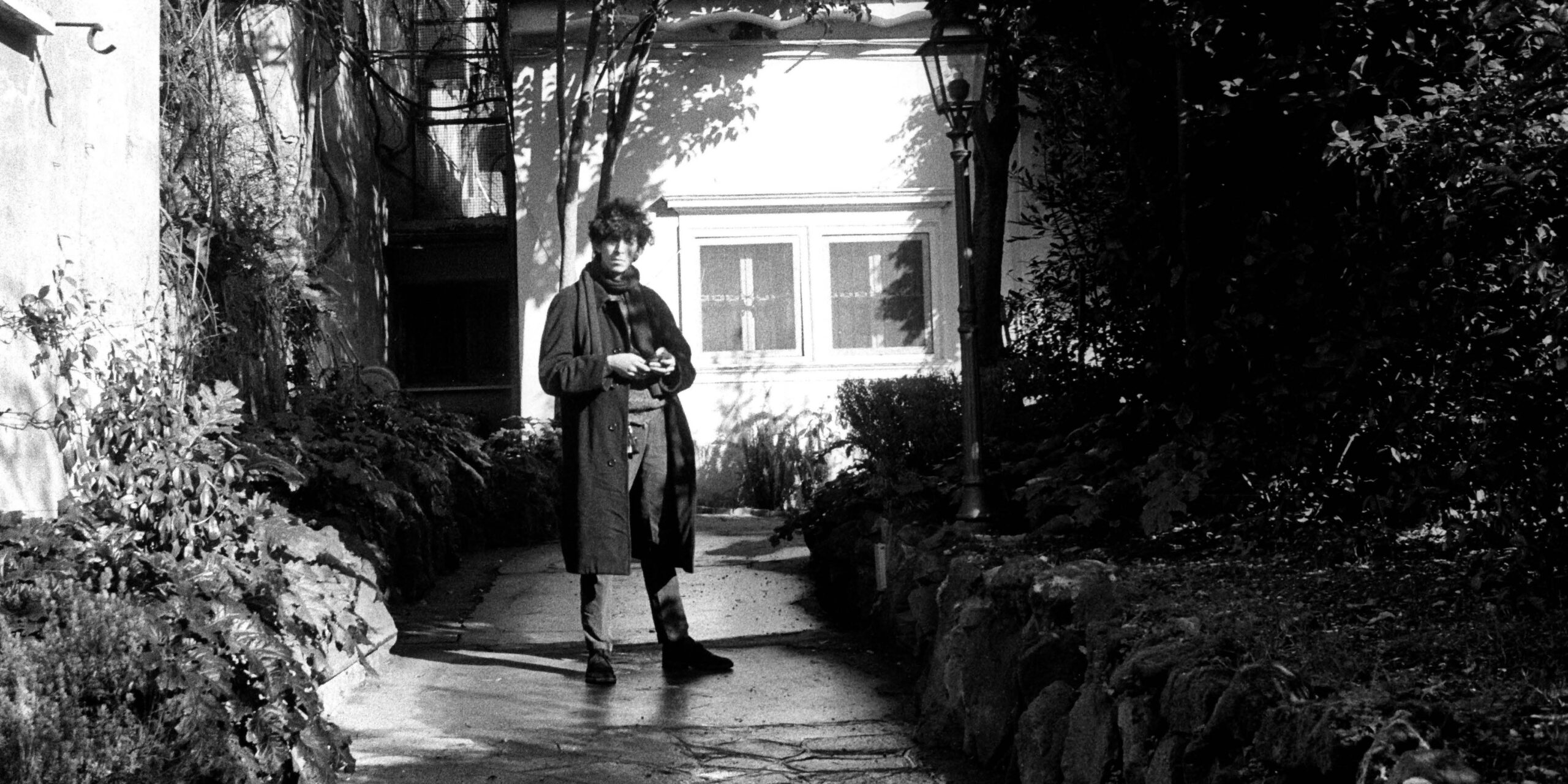
La Nuvola inaugurates a solo exhibition of the young Mario Carlo Iusi, born in 1995. His works are characterised by the use of material and bright colours that apparently inhabit the canvas in a random manner, invading it in a convulsive ballet of swirls, lines and signs. These works are reminiscent of action painting, abstract expressionism, dripping and all those forms of purely gestural research. A closer look, however, reveals that Iusi’s art is indeed action painting, but thought out, calculated, counted. Every single drop of colour that is transformed into vibration and chromatic splendour has its own specific location, its own start and end point, a precise role established by the artist in advance. It is as if Iusi wanted to bring order to chaos through almost obsessive numbering, which sees him counting thousands of dots that often overlap and blend into the storm of colours. Even his name is transformed into a number, so we may come across his signature that is no longer his registry name, but its numerical transliteration: 1101, using the logic of Roman numerals.
But Mario Carlo Iusi’s language is not only made up of colour and numbers, it also feeds on other issues, themes and disciplines that structure his complex work, raising questions that are not only artistic, but also philosophical, anthropological and ethical. Time and light, for example, occupy a central role in his research. If time is Bergsonianly subjective, so that each instant is qualitatively different from all the others, light, like colour, is a vehicle for a vision that is not only optical, but also symbolic and metaphorical, as well as physical. Optical because one can see it; symbolic and metaphorical because it encompasses infinite philosophical, anthropological, mythological and theological meanings, starting with the Creation of the World, Plato and Augustine; physical because the artist directly involves the spectator in the lighting of the work, transforming the viewer into an active subject within a relational and participatory dynamic.The characteristic of these works lies in the dichotomy between the painting and the LED lighting system conceived by the artist and hidden inside the frames. Light is thus transformed into space through the action of the observer who has the ability to modify it, through an arbitrary choice. Alice Falsaperla and Matteo Giuseppone, young and promising voices, like that of the artist, talk about all this and much more in this catalogue.
Giorgia Calò

